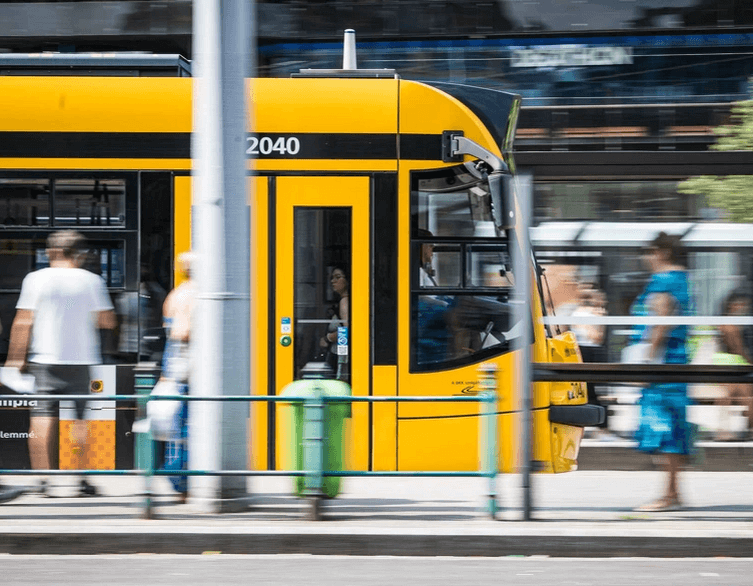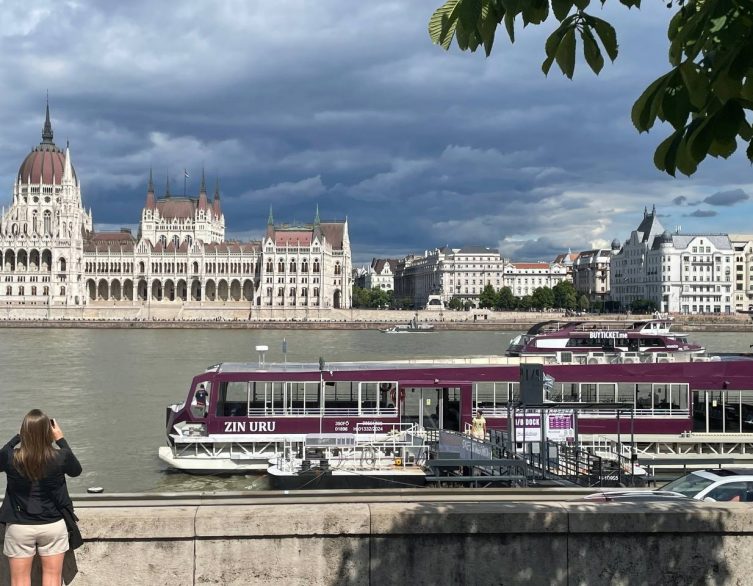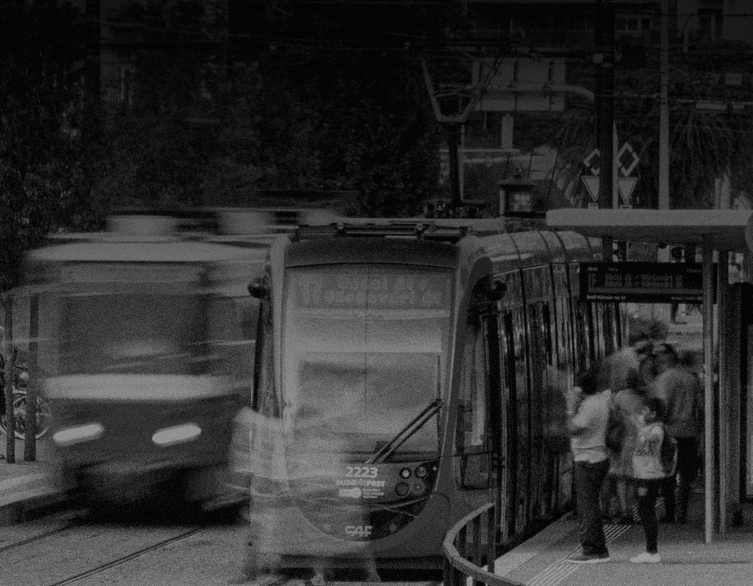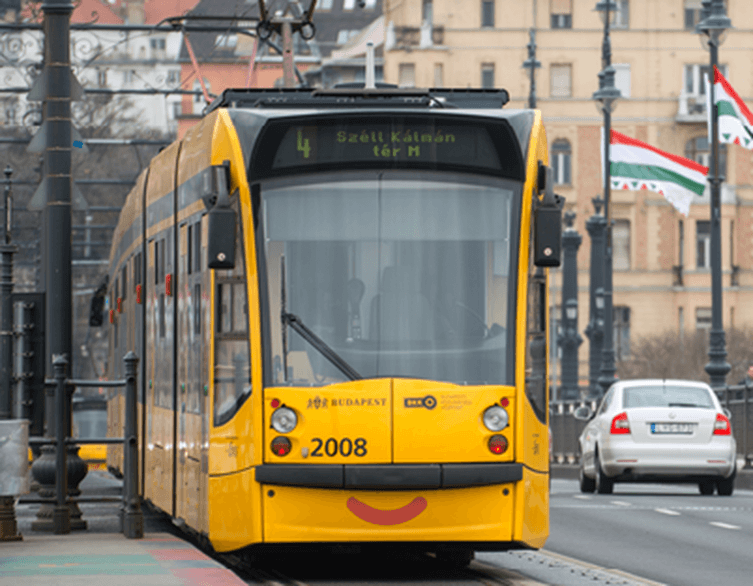Budapest’s Grand Boulevard Tram Line Gets Its Biggest Upgrade in 15 Years: What Tourists Need to Know This Summer

If you’re planning to explore Budapest this summer, there’s some important news about one of the city’s most iconic transport lines that could affect your travel plans. The famous trams 4 and 6, which run along the spectacular Grand Boulevard (Nagykörút), are getting their most significant upgrade in over a decade. While this means some temporary inconvenience, the end result will be a faster, quieter, and more comfortable ride through the heart of the Hungarian capital.
Why This Matters for Your Budapest Adventure
The Grand Boulevard tram line isn’t just any ordinary public transport route – it’s practically a sightseeing tour on rails. These bright yellow trams carry you past some of Budapest’s most stunning architecture, from the elegant buildings of Szent István körút to the bustling energy around Nyugati Railway Station. With nearly 280,000 passengers using these trams daily, they rank among the world’s busiest tram lines, making them an essential part of the Budapest experience for locals and visitors alike.
The section between Tátra Street and Jászai Mari Square hasn’t seen major renovation work since 2009-2010, and the constant stream of low-floor trams running every 2-3 minutes during peak hours has taken its toll on the tracks. The infrastructure simply needs this comprehensive overhaul to continue serving the city effectively.
The Summer Construction Timeline
The renovation work officially begins on Saturday, June 21st, and is expected to continue until the end of July. This timing isn’t coincidental – the work starts right at the beginning of summer school holidays when local commuter traffic typically decreases, though tourist numbers remain high.
Best deals of Budapest
During this period, the famous 4-6 tram service will be split into two sections. Trams will continue running from their southern terminals in Buda (Újbuda-központ and Móricz Zsigmond körtér) but will only go as far as a temporary terminus at Jászai Mari Square near the Vígszínház theater. From there, replacement buses will bridge the gap to Széll Kálmán Square and Nyugati Railway Station.
What to Expect During Your Visit
The transition won’t happen overnight. On Saturday, June 21st, there will be a phased implementation. From midnight until noon, trams will only run between the southern terminals and Oktogon, with replacement buses covering the stretch from Oktogon to Széll Kálmán Square. Then from noon on Saturday until 4 AM on Sunday, the service extends to Nyugati Railway Station, with buses covering the final stretch to Széll Kálmán Square.
From Sunday, June 22nd at 4 AM through the end of July, the service settles into its temporary pattern. Trams run from the Buda terminals to the temporary stop at Jászai Mari Square, while the 4-6 replacement buses handle the connection between Széll Kálmán Square and Nyugati Railway Station.
One important detail for tourists: these replacement buses won’t stop at Margaret Island, so you’ll need to plan alternative routes if that’s on your itinerary.
Smart Alternatives for Savvy Travelers
Budapest’s extensive public transport network means you won’t be stranded, but some routes will definitely be more convenient than others during the construction period. If you’re staying near Széll Kálmán Square or arriving from Óbuda via trams 17, 19, or 41, or the H5 suburban railway, consider taking the M2 metro line to reach the city center instead of dealing with the replacement bus connections.
The construction will also impact road traffic, with only one lane available in each direction on Szent István körút between Pannónia Street and the Pest side of Margaret Bridge. Both cars and the replacement buses will share this single lane, which could lead to significant delays during busy periods.
For cyclists, the transport authority recommends using the Chain Bridge or the Árpád Bridge-Margaret Island-Margaret Bridge route instead of the usual path along the Grand Boulevard. The area around Margaret Bridge will have modified cycling arrangements that differ from the normal setup.
The Silver Lining: A Better Experience Awaits
While construction work is never convenient, the improvements will be substantial. The new track system incorporates state-of-the-art noise and vibration dampening technology, which means the trams will run much more quietly through residential areas. Speed restrictions that were necessary due to the deteriorated track condition will be eliminated, allowing trams to reach their full operating speed of 50 kilometers per hour once again.
This isn’t just about comfort – it’s about efficiency too. Faster trams mean shorter journey times and more reliable schedules, which benefits everyone using this vital transport link. The reduced noise levels will also make the ride more pleasant, especially important when you’re trying to have a conversation or simply enjoy the views as you glide through the city.
Making the Most of Your Budapest Summer
The renovation represents a significant investment in Budapest’s transport infrastructure, funded partly by money recovered from a long-running legal dispute over the city’s electronic ticketing system. This multi-billion forint project demonstrates the city’s commitment to maintaining world-class public transport.
For tourists, the key is flexibility and planning. Download the BudapestGO app to stay updated on any changes to the timetable or route modifications. Consider this an opportunity to explore different parts of the city – perhaps take the metro to areas you might not have visited otherwise, or use the temporary changes as an excuse to walk through neighborhoods you’d normally just pass through on the tram.
The construction might seem like an inconvenience, but it’s actually a sign of a city that’s constantly improving itself. By the time the work is complete at the end of July, Budapest will have one of the most modern tram systems in Europe running along one of its most beautiful boulevards. And as a visitor, you’ll be among the first to experience the upgraded service when those bright yellow trams start running smoothly and quietly along their refreshed tracks once again.
Remember, this is just a temporary adjustment to what will ultimately be a much better travel experience. The Grand Boulevard will still be there with all its architectural splendor, the trams will still be that distinctive Budapest yellow, and the journey will still offer those perfect photo opportunities – it’ll just be a bit quieter and smoother when you take it.
Related news



















